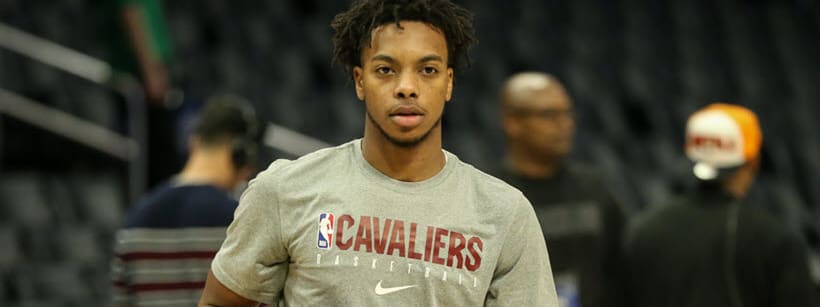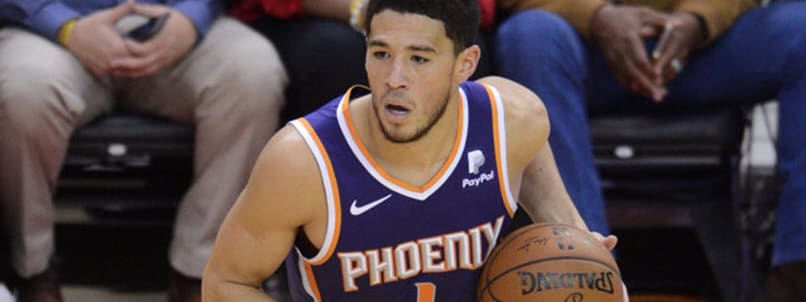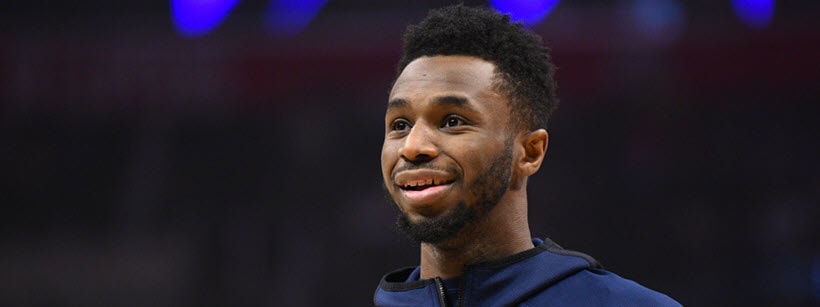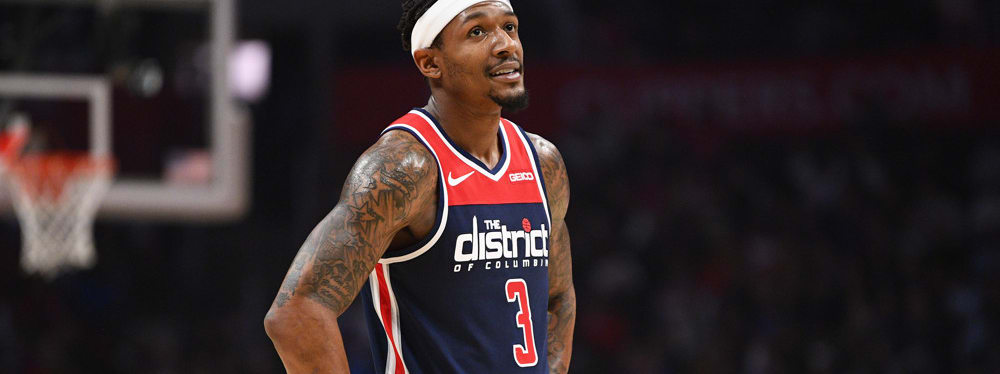Recent RotoWire Articles Featuring Patrick Patterson
See More
After serving as a solid component of the frontcourt rotation for the Clippers in his first season with the team, Patterson re-upped in Los Angeles on another one-year pact this offseason. The 31-year-old sunk a career-best 39.0 percent of his 2.9 three-point attempts per game last season, even as his overall field-goal percentage (40.8) was decidedly mediocre for the fifth straight campaign. Patterson averaged 13.2 minutes per contest last season, and he projects for a very similar role while backing up Marcus Morris at power forward again in the 2020-21 campaign. Given Patterson's only appreciable contributions come from scoring and rebounds over modest allotments of playing time, the veteran big man figures to have a difficult time garnering any true fantasy utility outside of significantly deep formats, although the offseason departure of JaMychal Green could open up a few extra minutes per night behind Morris.
Patterson was expected to take on a bigger role with the Thunder last season, but saw just 15.5 minutes per game following the acquisition of Carmelo Anthony. However, with Anthony no longer in the picture after being traded for Dennis Schroder, Patterson should have the opportunity to start, or at least crack 20 minutes per night. The veteran played 11 games last season where he saw between 20-29 minutes, averaging 5.0 points and 3.8 rebounds on 33.3 percent shooting from beyond the arc. He shot much better with a smaller workload, drilling threes at 41.2 percent when seeing between 10-19 minutes.
A mid-August knee surgery will keep Patterson on the sidelines for much of training camp and into the preseason, but the 28-year-old doesn’t seem to be in long-term danger since it was merely a clean-up procedure. After three and half years of efficient play in Toronto, he’ll provide an upgrade to the Thunder’s starting lineup after the team deployed rookie Domantas Sabonis as a starter in 66 games last season. Most importantly for the Thunder, the 28-year-old will stretch the court beyond the arc. Being that Patterson has shot above 36 percent from three-point territory in each of the last five seasons, opposing defenses will have to respect his shot, leading to one less defender able to collapse on Russell Westbrook or Paul George when they drive to the basket. In terms of counting stats, most of Patterson’s value comes by way of averaging nearly half a steal and half a block per game throughout his career, while also averaging 1.3 three pointers over the last three seasons, which is more significant given his power-forward eligibility.
Patterson's first full season in Toronto had its moments, but for the most part, he played the role of useful but unremarkable stretch four, averaging 27 minutes, 8.0 points, 5.3 rebounds, 1.9 assists, 0.7 steals, 0.5 blocks, and 1.3 three-pointers in 81 games while shooting 45 percent from the floor, 37 percent from three-point range, and 79 percent from the free-throw line. The three-point shooting, both in accuracy and volume, were career-bests for the 26-year-old, and the Raptors were comfortable enough with his performance at both ends of the court that they made no real effort in the offseason to replace power forward Amir Johnson, instead allowing Patterson to slide into the starting spot and signing Luis Scola and Bismack Biyombo to soak up frontcourt minutes with the second unit. Patterson has never received a full starter's workload in his five-year career, so there are questions about how his game will hold up with extended minutes, but his pick-and-pop skills match up well with Kyle Lowry and DeMar DeRozan's aggression in attacking the rim, so even if his limitations on the glass are exposed in a starting role, he still seems poised for a career year.
Traded for the second time in as many seasons, Patterson found new life in his game once he arrived in Toronto and became a key member of their revitalized second unit. The fourth-year stretch power forward saw increases in his numbers almost across the board after the deal, and between Sacramento and Toronto, he averaged 8.5 points, a career-high 5.3 rebounds, 1.2 assists, 0.8 steals, 0.8 three-pointers, and 0.6 blocks in 24 minutes per game over 65 games while shooting 46 percent from the field, 36 percent from the beyond the arc, and 70 percent from the free-throw line. Like most of the Raptors' young roster, Patterson is an athletic specimen, and his well-rounded skill set allows him to contribute on the court in all situations and see plenty of minutes in crunch time. Starting power forward Amir Johnson is in the final year of his contract and has had trouble staying healthy recently, so after Patterson signed a three-year deal this offseason to remain in Toronto, there could be opportunities for him to see increased minutes and production this season with an eye toward him inheriting Johnson's spot in the starting five in 2015-16.
Finally, a second player with more upside than warning signs. Patterson had a strong beginning to the 2012-13 season, but lost some of that momentum after being traded from Houston. He is a strong free throw shooter for a big man, and is capable of averaging almost one 3-pointer per game. If Patterson can secure enough minutes, he can be valuable in all formats. One interesting note: Patterson played with Cousins at Kentucky.
With Marcus Camby and Samuel Dalembert gone, the starting power forward job is Patterson's to lose. Patterson showed glimpses of what he could do last season, scoring 24 points in a game and registering double-digit rebounds in three contests. Patterson is athletic and has good range on his jumper for a big man, but the offense is likely to run through Kevin Martin and Jeremy Lin this year.
The 6-9, 240-pound Patterson showed signs during his rookie year, blocking shots, rebounding and shooting well from the floor. He's set to be in the front court mix both as an undersized center and natural power forward, as soon as he's fully recovered from offseason ankle surgery.
The 6-9, 240-pound Patterson is NBA-ready physically, has great athleticism, can block shots and crash the boards. He also has unusual range on his jumper for a big man, and his work ethic has drawn praise from NBA scouts. Patterson's post game is still a bit raw, but he could carve out a role before too long as Luis Scola's primary backup at the four if he can beat out Jordan Hill.












